But if you would tell me who I am, at least take the trouble
to discover what I have been.
-Ralph Ellison
Around here, in the Twin Cities, we remember a band that no one else remembers.
Willie and the Bees was a mainstay on the West Bank of the Mississippi, one of America’s funkiest and most flavorful music scenes before Prince took over and the scene moved across the river to First Avenue on the East Bank. Willie Murphy, a local guy with a lot of energy, founded the band.
During the 1960s Murphy made a name for himself playing on the folk circuit, along with fellow Minnesotans Dave “Snaker” Ray and Tony “Little Sun” Glover. At the same time, New Yorker John Koerner, an engineering student at the University of Minnesota, got involved in the West Bank music scene and met Snaker and Little Sun.
They started playing together and in 1963, at the Woman's Club in Milwaukee, they recorded their classic debut Blues, Rags and Hollers:
Originally released on the Audiophile label with a pressing of 300 copies, Blues, Rags and Hollers was quickly reissued by Elektra Records.
A few years later, in 1969, Murphy and Koerner recorded the underrated folk rock classic Running, Jumping, Standing Still, also released by Elektra:
From the album, here’s a favorite of mine that has a Leon Russell feel:
On the strength of Murphy's de facto producing of Running, Jumping, Standing Still, Elektra founder Jac Holzman offered Murphy a job in New York or LA as a house producer. However, he turned it down, preferring to stay in Minnesota and spend time creating music and friendships. Murphy passed away on January 13, 2019. He remained until the end a defiant maverick. In 2010, St. Paul Mayor Chris Coleman declared July 2nd “Willie Murphy Day.”
As it turns out, Willie Murphy produced Bonnie Raitt’s first album, and Willie and the Bees backed her up. They were also joined by Chicago Bluesmen Junior Wells and A.C. Reed, Jimmy Reed’s brother. This is an excellent debut and well worth re-discovery. From the album here is her cover of Murphy’s I Ain’t Blue:
Interestingly, “in between ping pong and fishing,” the album was recorded on Enchanted Island in Lake Minnetonka about 15 miles west of Minneapolis.
According to the Shakopee Mdewakenton Cultural Center (Hoċokata Ṫi), Enchanted Island is referred to as Wa-kon-wi-ta (or Great Spirit Island). It was the chosen site of worship and incantation of medicine men from various tribes. Legends talk of a squaw named Manitoucha who called this island her home. She was the daughter of a great medicine man who had long since passed away since the first settlers arrived in the area. Manitoucha is believed to be the mother of Little Six, otherwise known as Chief Śakpe (Shakopee, meaning number 6). The Indigenous tribes describe this island as a very sacred place. Their stories talk of it as the most pleasant place on earth with fruit hanging from the trees, berries on the bushes, fat deer roaming and populated with many birds. The island is as beautiful as a lovely woman they stated, so no bloodshed should ever violate the sanctity of this land.
In a 2013 interview, Raitt remembers how her band got there - 4000 Enchanted Lane:
Nobody would rent us a farm because we were a mixed-race bunch of ragged hippies and blues guys. Dave Ray and Sylvia, his wife at the time, found this guy who had a remedial reading summer camp, and it was isolated enough that they let us just take it over. So it… was very much like a summer camp. It was just a blast.
Here’s the band and crew at the recording:
It’s fitting for such an incredible album to be recorded at such a majestic and unlikely place.
After the recording, Bonnie Raitt returned east to record her second album. It was recorded in June 1972 at Bearsville Studios in Woodstock, New York. Warner Bros. Records released it later that year as Give It Up:
It just so happens that Michael Cuscuna produced the album.
This week on that Big River called Jazz, we will explore the world of Michael Cuscuna before his Blue Note record days.
Michael Cuscuna passed away on April 20, 2024. Just a few months earlier on January 24 his friend and mentor Dick Waterman passed away. Waterman founded Avalon Productions, the first booking agency focused on representing black blues musicians. Here he is with Son House:
Waterman also promoted many folk and rock concerts in the Philadelphia to Boston area. In the preface of his biography, Dick Waterman: A Life In Blues, it states:
Dick knew the meaning of rent money, medical bills, proper billing and payment. How to get a person from some small town in the Delta up to the big east coast cities for the gigs and back. He knew how to help these often rural, unsophisticated geniuses fare in the alien, impossibly whirlwind world of the folk/blues festival and concert circuit.
While attending the Wharton School of Business in Philadelphia, Cuscuna lived down the street from Waterman. They became friends and was introduced to many blues musicians working with Waterman, like Buddy Guy. At the time Cuscuna was writing for DownBeat and recently written an article on Guy. One day Guy called and asked him to produce his last record for Vanguard. Cuscuna agreed, met him in New York in November 1969, and produced Guy’s 1972 release Hold That Plane:
After that, Cuscuna contacted some friends at Blue Thumb Records in Los Angeles and arranged an all-acoustic recording with Buddy Guy, Junior Wells, and Junior Mance. Cuscuna produced the album and it was released in 1970 as Buddy and the Juniors.
Little by little, things started to happen for Cuscuna. He discovered singer-songwriter Chris Smither playing the Philadelphia scene. Cuscuna got him a deal with Poppy Records and produced a couple of his albums. The first I’m A Stranger Too!, Smither’s debut album released in 1970:
From this album, I have always liked Time to Go Home:
During this time Cuscuna met Bonnie Raitt, Waterman’s girlfriend. When Cuscuna first met her he had no idea she played guitar or sang. In a 2019 interview, he recalled:
Then [She] played at the Philadelphia Folk Festival in 1969 or 1970, and I was knocked out by her. She told me she liked Chris Smither’s records, and asked if I would like to produce her record. I told her I would, and ended up doing her Give It Up record.
Give It Up is a very underrated album that has aged well and holds up to her more well-known later recordings. Another great track from the album is the Jackson Brown cover Under the Falling Sky, which features Paul Butterfield on harmonica:
You can read more about Butterfield here:
Here’s one more for the road. Before he became more well-known for his work with Blue Note, Cuscuna produced some seminal Jazz records like the Art Ensemble of Chicago’s Fanfare For The Warriors:
Released in 1973, this was their first studio recording for the Atlantic label. Here is the album’s title track:
At the time Fanfare For The Warriors was released, Cuscuna was working at Atlantic Records and started focusing on more jazz-oriented projects. He came in contact with many musicians who had been major players at Blue Note. Increasingly, he heard about unissued sessions and took notes about these unknown treasures. But as hard as he tried, he could not get permission to enter Blue Note’s archives. However, in 1974 he finally met someone at the label who shared his enthusiasm for the label’s archival legacy: Charlie Lourie, a former CBS executive and Blue Note’s new head of marketing.
Next week, on that Big River called Jazz, we’ll dig in our paddles to explore the world of Mosaic Records, which Cuscuna co-founded in 1983 with his business partner Charlie Lourie.
If you like so far what you’ve been reading and hearing on our journey and would like to share this with someone you think might be interested in learning more about our great American art form: Jazz, just hit the “Share” button.
From Astaire to Sun Ra: A Jazz Journey is a reader-supported publication. If you feel inclined, subscribe to my journey by hitting the “Subscribe now” button.
Feel free to contact me at any time to talk shop. I welcome and encourage that.
Please hit this link to buy me a cup of coffee, if you’d like to show your guide some appreciation for this and past journeys. Know in advance that I thank you for your kindness and support.
Until then, keep on walking….




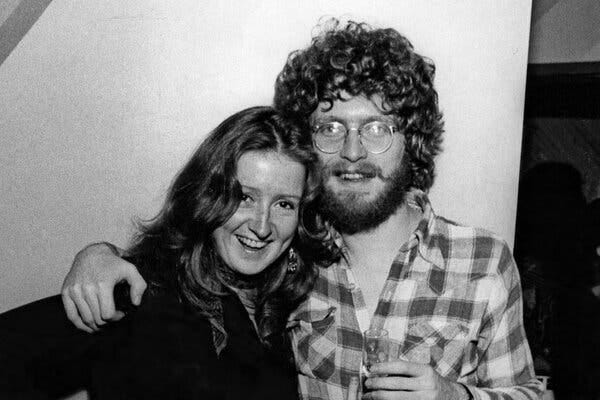
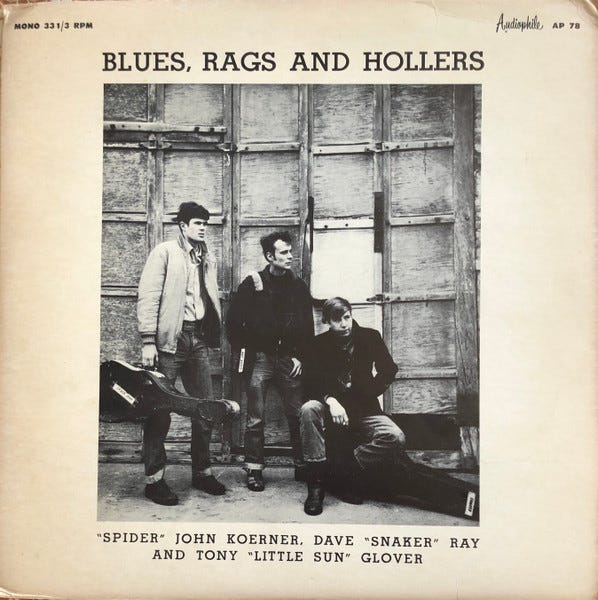
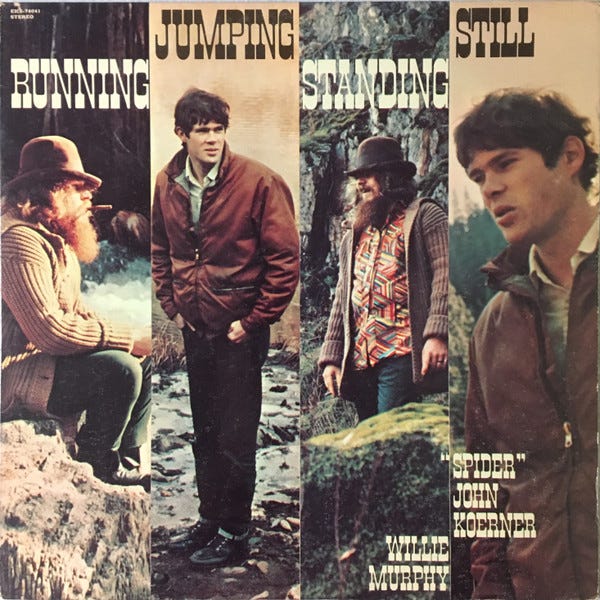
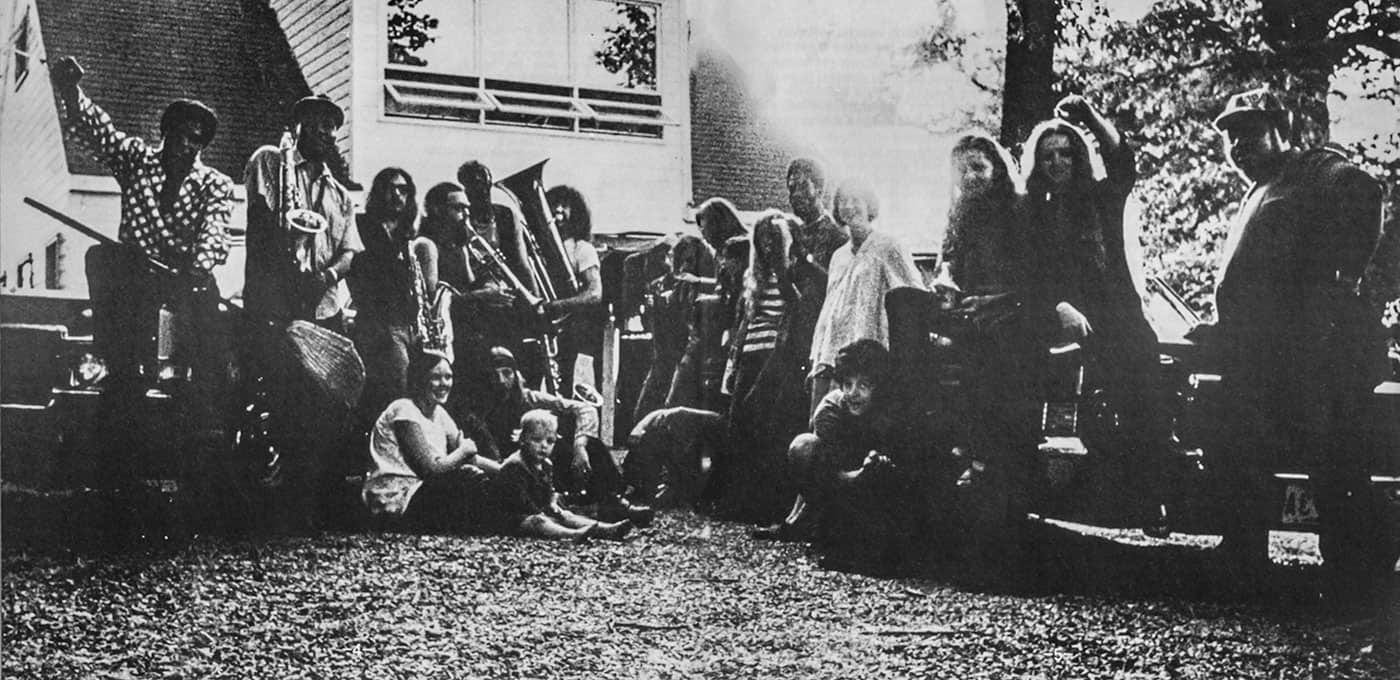

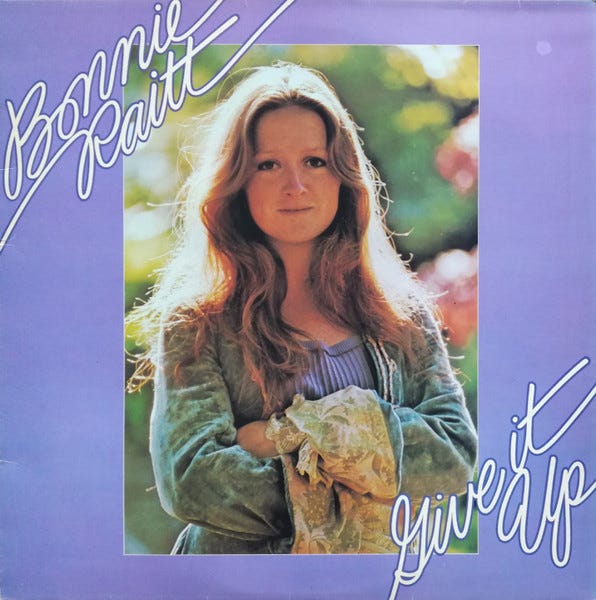
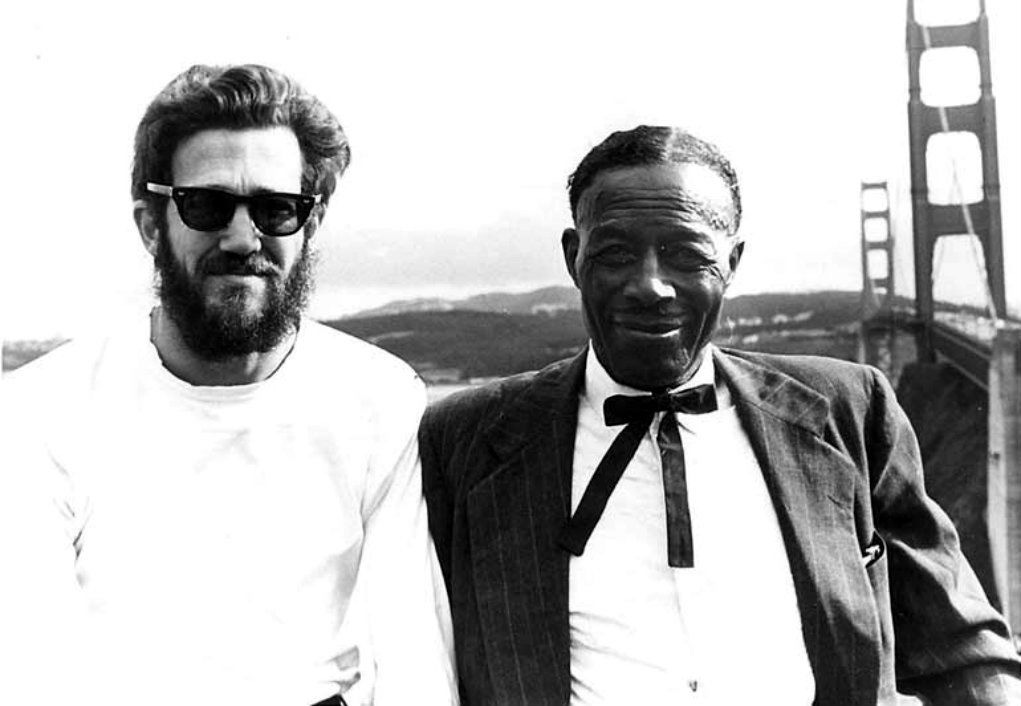
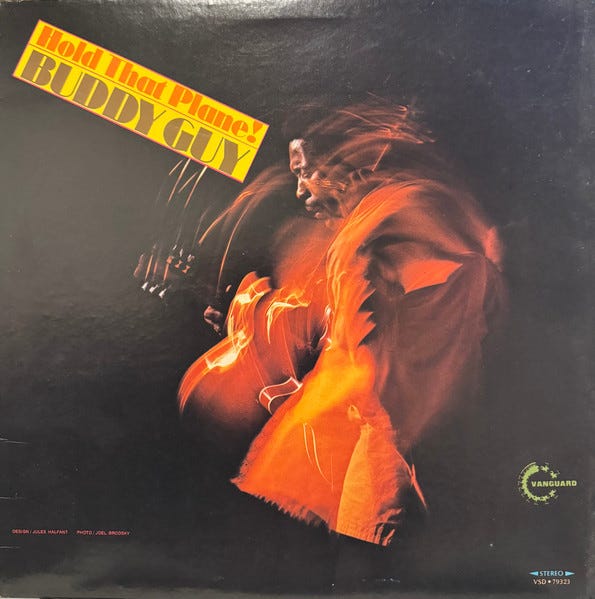

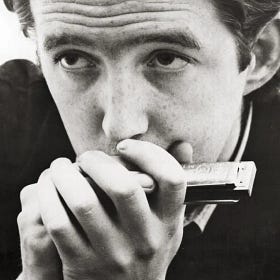
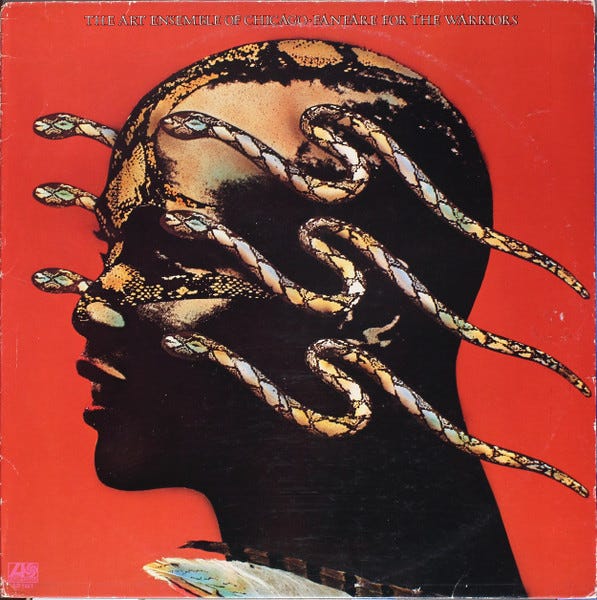
When he was well-known for his accomplishments at Mosaic and much else, Mike Cuscuna told me that he was as proud of his production of Bonnie Raitt's second album as anything else he had done.
If not physically, clearly musically. I live by Clifton French Park.